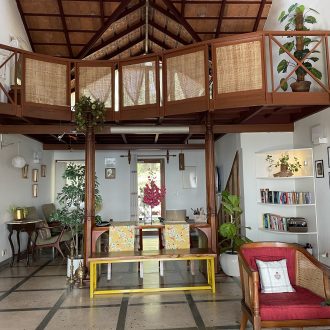How did Sultan Bathery get its name
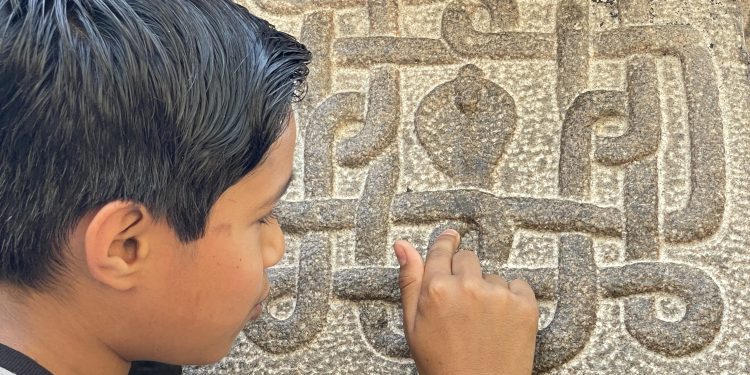
It was the name that intrigued me. Sulthan Bathery seemed more like a nickname and I wondered if there was a story here. I had stumbled upon the town when I was driving from Mysore towards Wayanad almost two decades ago and the thought had lingered since then. So years later, when I was staying in the gorgeous Lux Unlock Deja View Villa which is located barely 20 km from Sultan Bathery in Wayanad, I decided to explore the town to know a little bit about its history. The first destination was the ancient Jain temple Sulthan Bathery.

The town was not always known as Sultan Bathery and its story was interlinked with the history of Wayanad itself. Wayanad or Bayalnad as it was called then was once ruled by the Gangas in the 10th century. Bayalnad was referred to as the land of swamps and fields and even today, you can see verdant paddy fields submerged in water. The region later came under different dynasties from the Kadambas and Hoysalas to the Wodeyars and kings of the Vijaynagar Dynasty. Eventually, Hyder Ali and his son Tipu Sultan reigned supreme before the colonial powers took control over the region. And the names changed over a period of time.
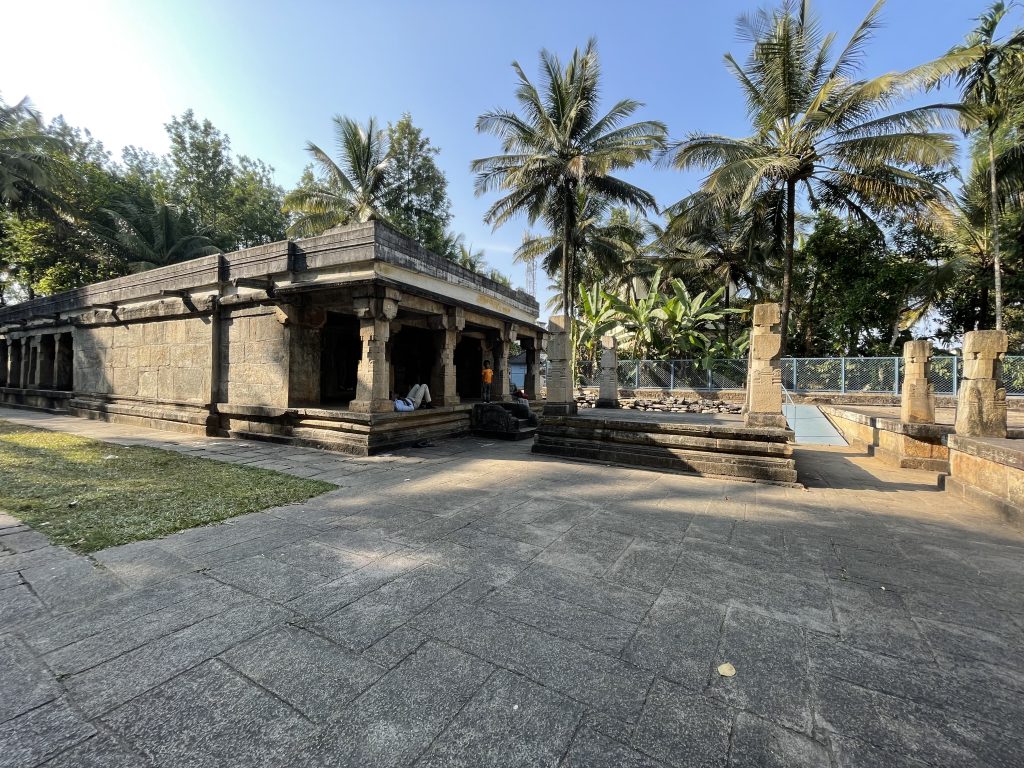
The villages around Sultan Bathery were then referred to as Kidanganadu . A Ganesha temple built probably during the Vijaynagar period gave it the name Ganapathivattam. However it was eventually changed to Sultan Bathery. It is believed that when Tipu Sultan was waging a war against the Malabar, he used the area around an ancient Jain temple as the place to store his battery or armoury. And the town eventually came to be christened as Sultan Battery or locally Sultan Bathery. it became a dumping ground for artillery and the name has now stayed for over 200 years. The Jain temple Sulthan Bathery became a legend by itself. Interestingly there is a Sultan Battery or Bathery, a watch tower and a fort built by Tipu Sultan in Boloor, in Mangalore, to prevent enemies, especially the British war ships from entering the city but that’s for a different story.
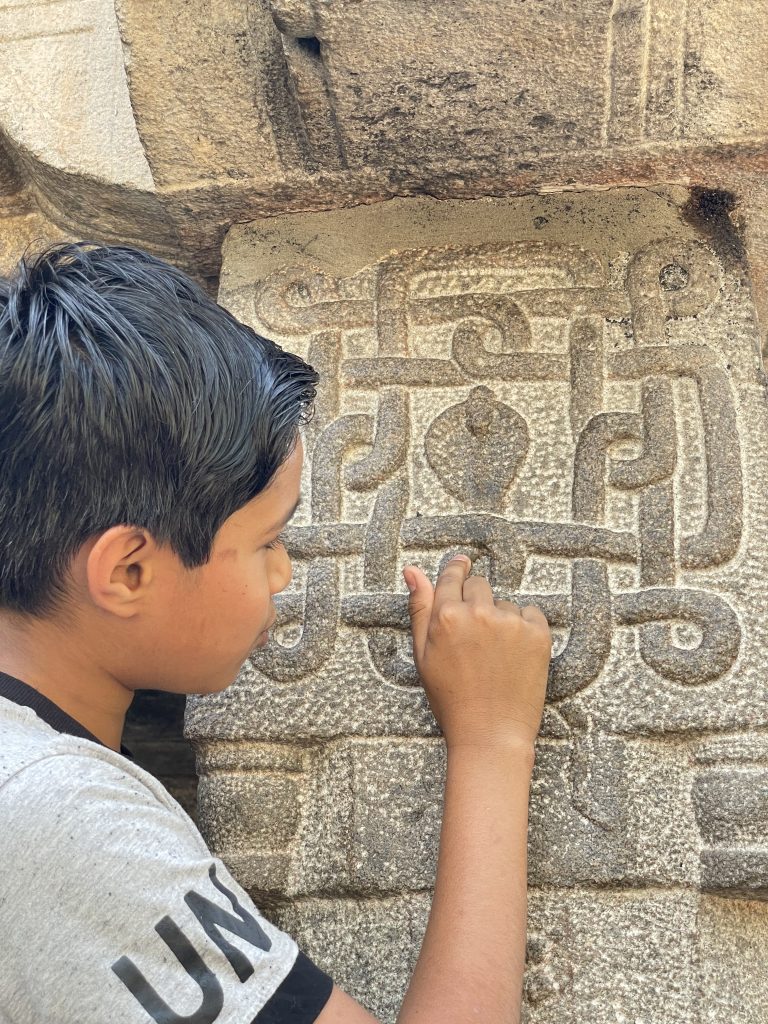
As we drove into the town, all roads led to the ancient Jain basti or temple. There were a handful of locals sitting and taking in the silence while a few kids wandered around. The temple built in the Vijayanagar period dated back to the 13th century was set in a leafy environment surrounded by trees. It was fenced but probably it may have been fortified, at one time, surrounded by walls. Referred to as the Bathery Jain temple or Jain temple Sulthan Bathery, the shrine was built of granite. Walking around, I could see the carved pillars adorning the mandapa that led to the shrine housing the Teerthankaras. Another set of pillars was in front of the shrine on a raised platform, which was without a roof. The pillars were carved with various motifs as well. As I walked around, I wondered if there was a hidden spot around, perhaps a fort near the premises where the ammunition was hidden.
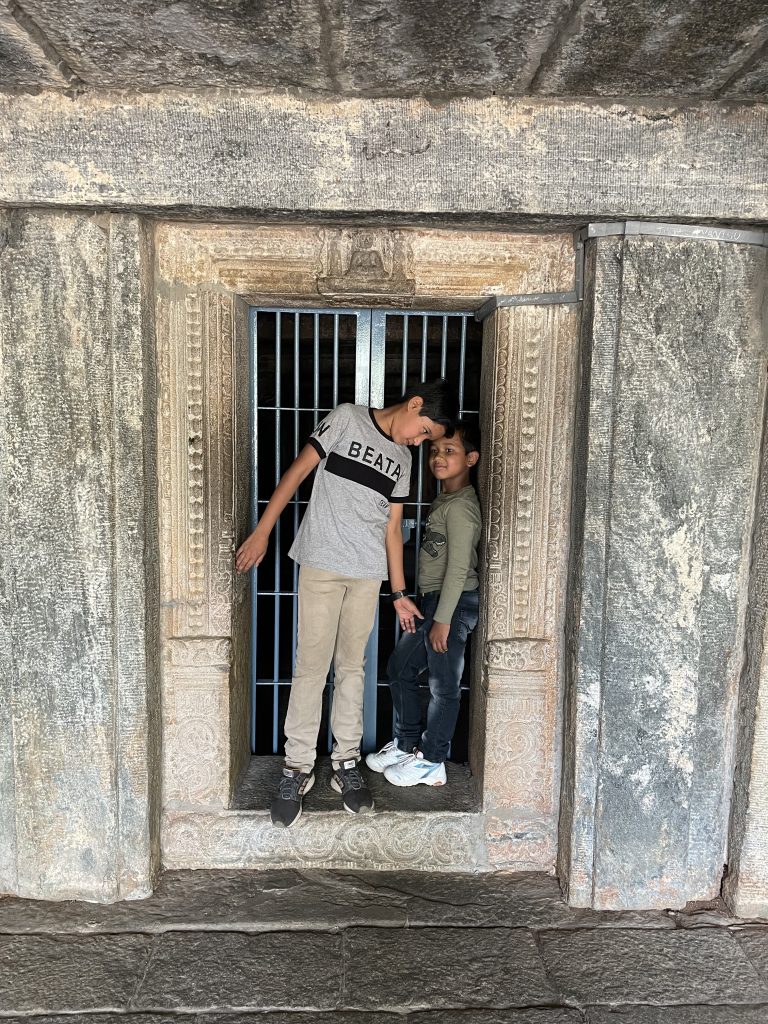
The silence was only interrupted by the occasional chirping of the birds. There are hardly any Jain temples in Kerala and the shrine here is a protected monument, preserving not just the heritage of Wayanad, but the very identity of the town. Sultan Bathery is now one of the key tourist destinations in Wayanad and it is also well connected by road to Kerala, Tamil Nadu, and Karnataka, linking towns like Mysore, Vythiri, Kalpetta, Mananthavady, Ooty, Kannur and Kozhikode among others. The jungles and mountains of Wayanad are contiguous with the Mudhumalai forests of Tamil Nadu and the Bandipur wildlife sanctuary of Karnataka and you can go on wildlife safaris in Thopetty and Muthanga. The entire district is divided into three main taluks – Mananthavady, Vythiri, and Sultan Bathery which form the tourist triangle.
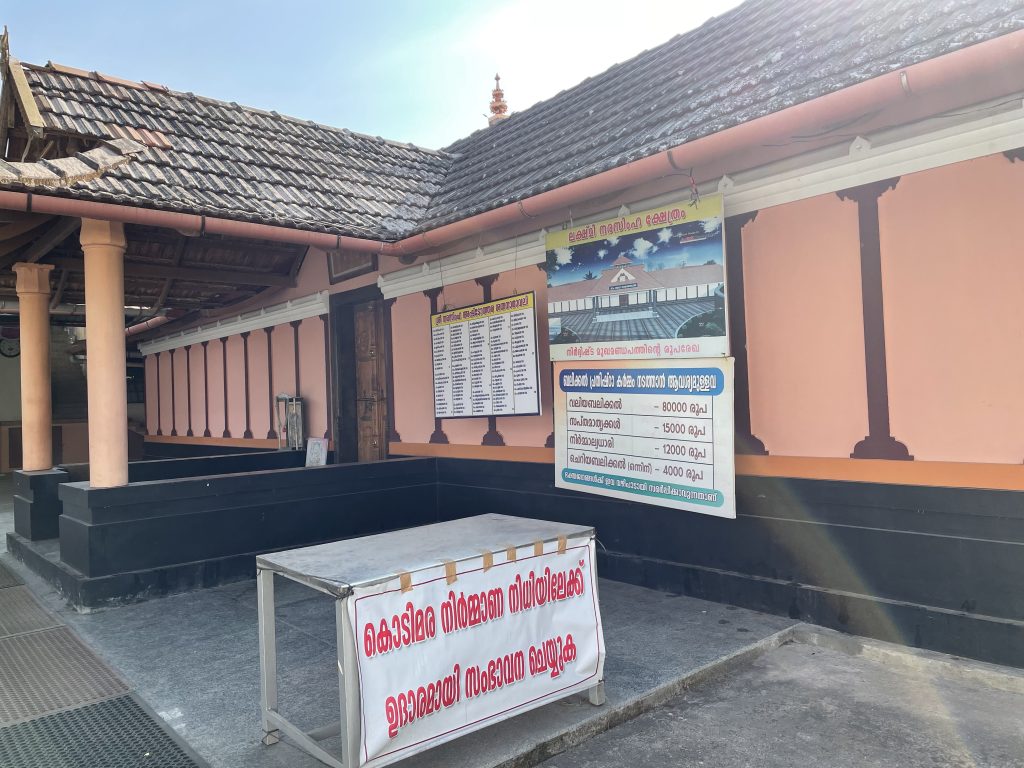
Besides the Jain temple, the Ganesha temple here is one of the ancient shrines here as well. Other temples include those dedicated to deities like Lord Shiva Narasimha and Goddess Mariamman among others. There are several old churches and mosques here as well. Edakkal Caves which was once the home of prehistoric men and women is barely 13 kms from Sultan Bathery.
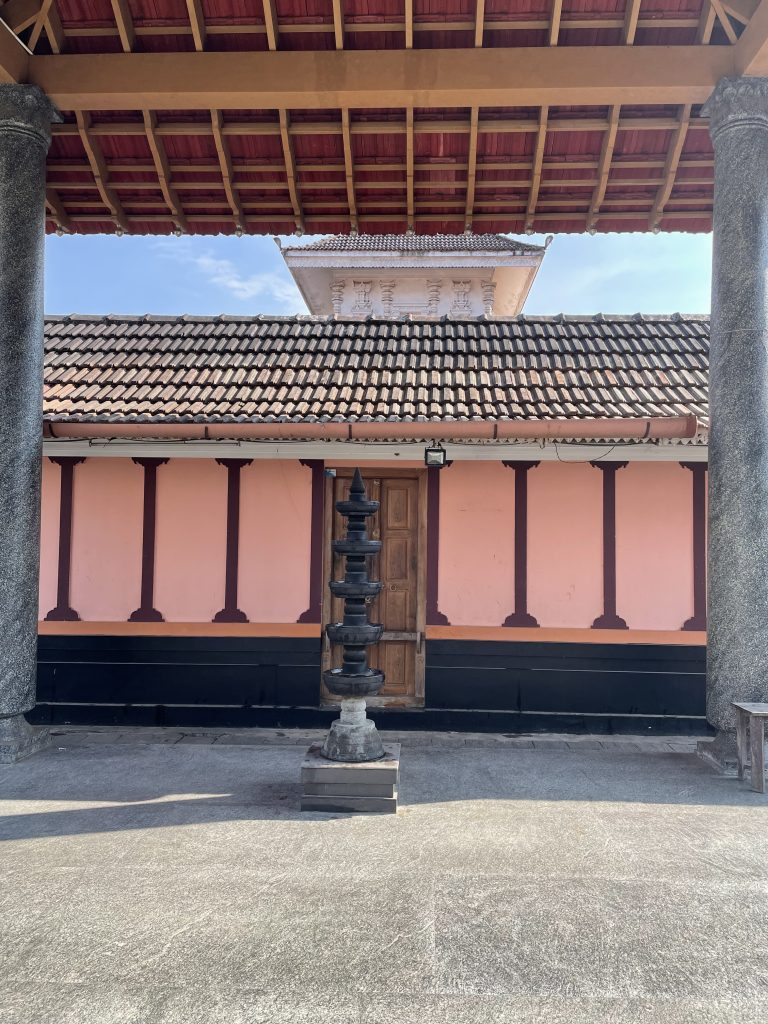
The town itself is nonchalant about its historic identity even as tourism has eventually made it a poster child for the Wayanad district. And like most parts of Kerala, you have to look beyond the touristy aspects to explore the real stories.

